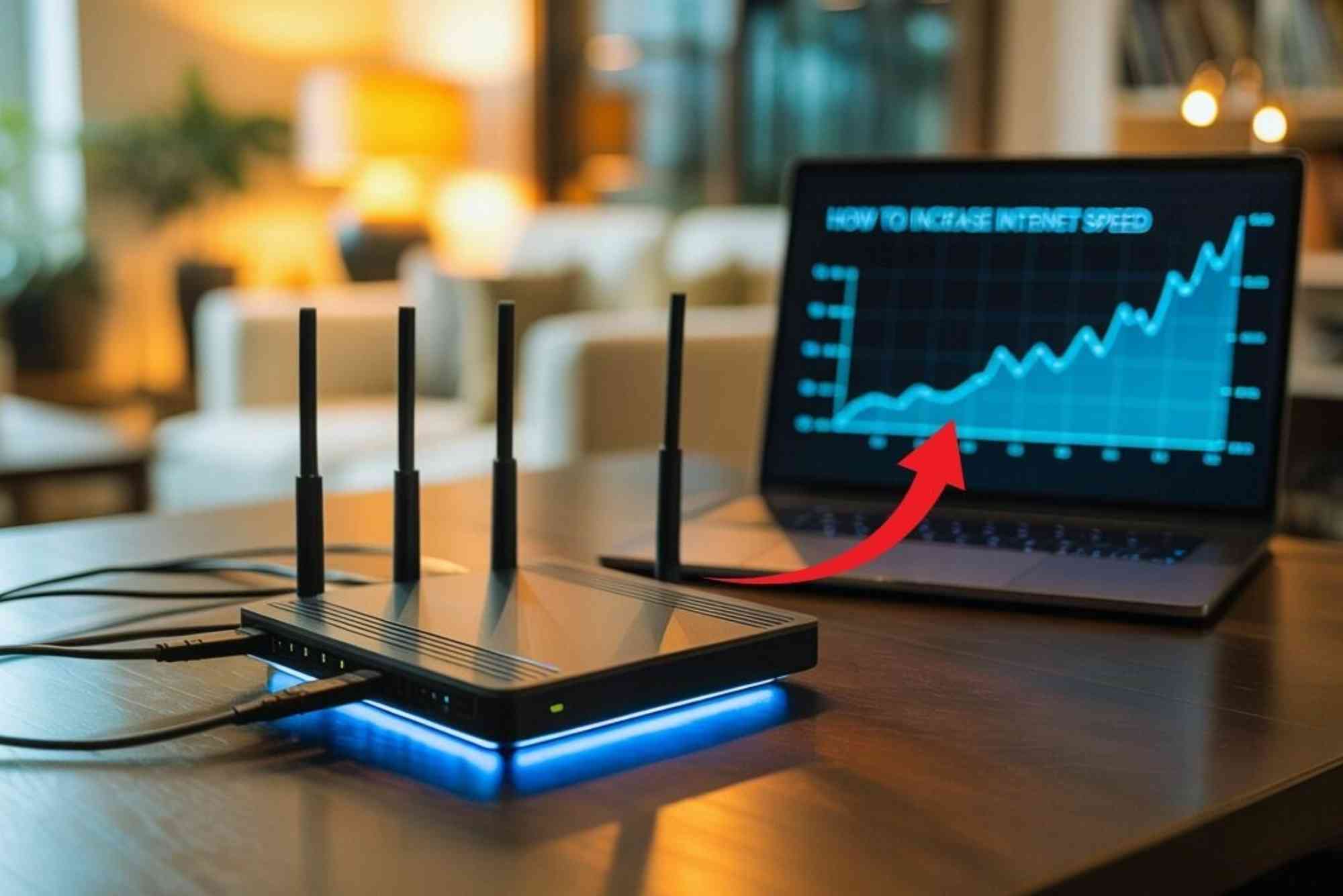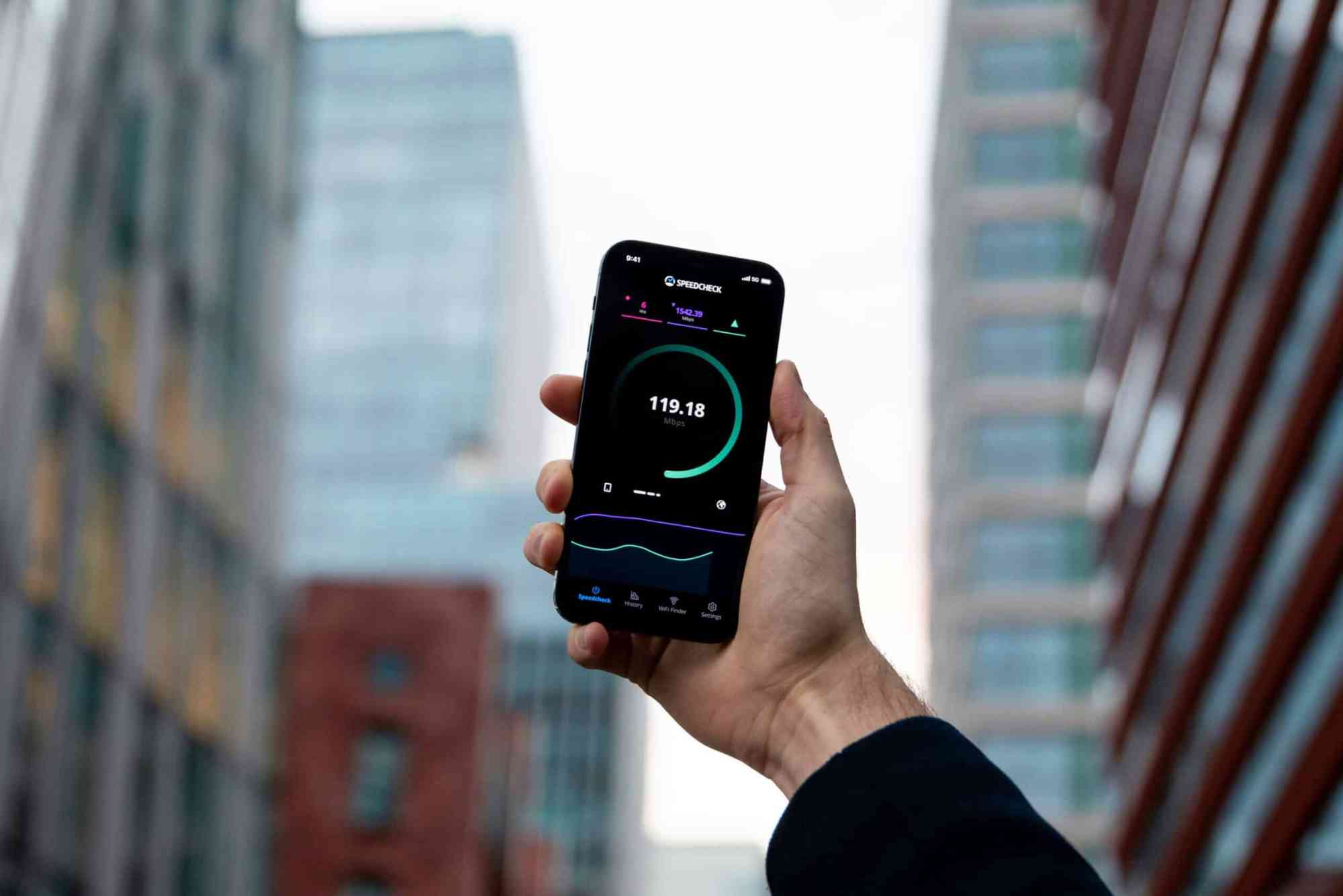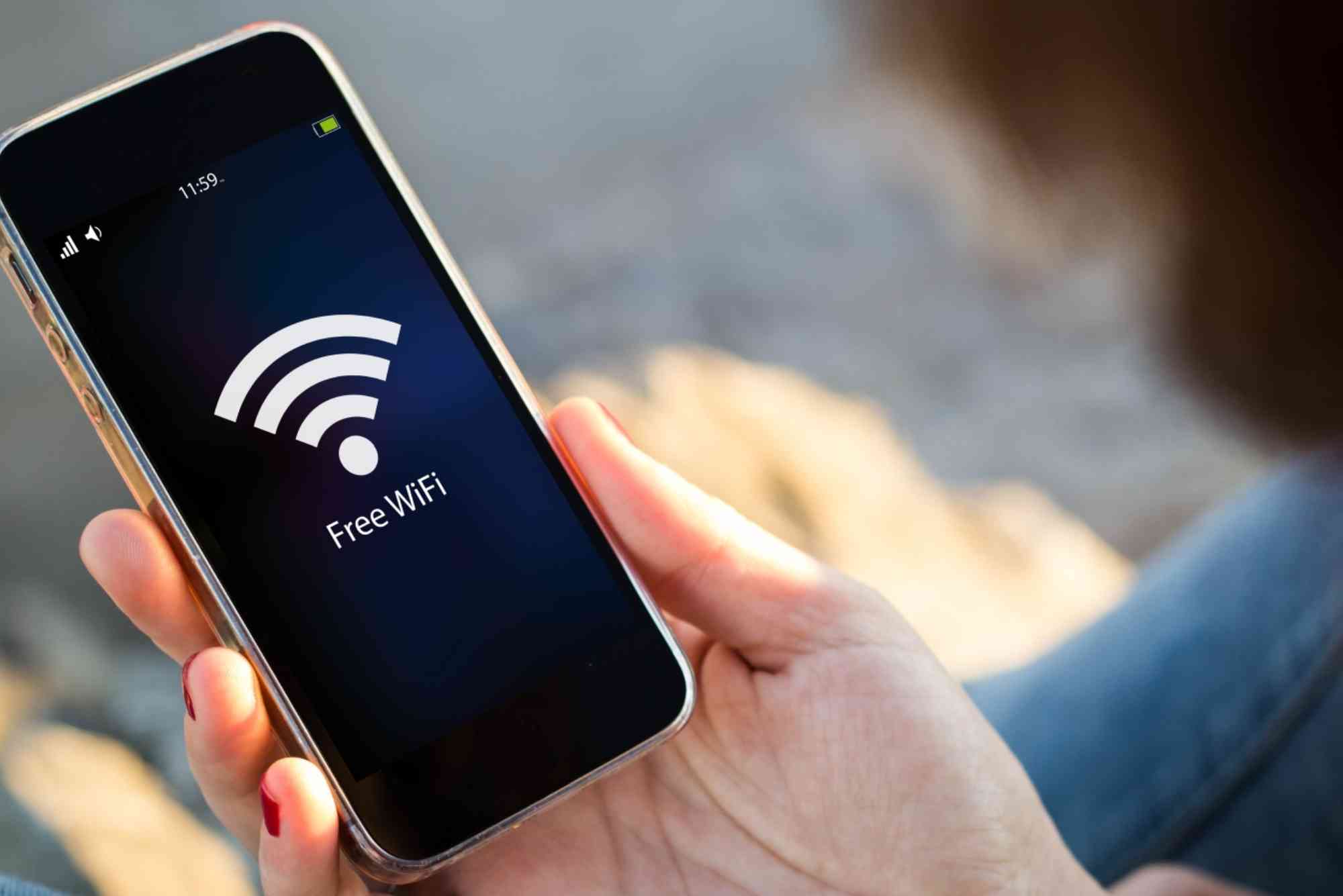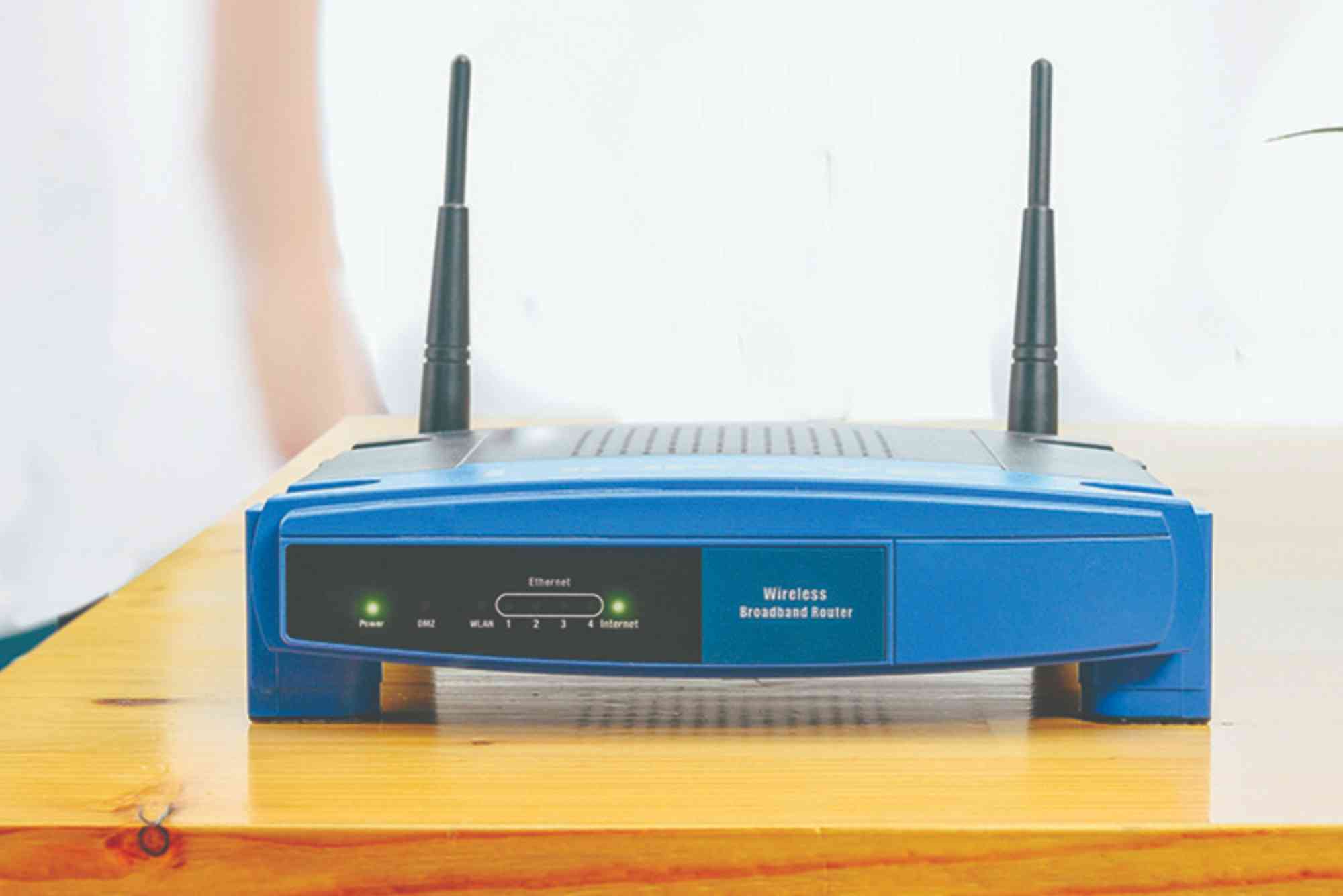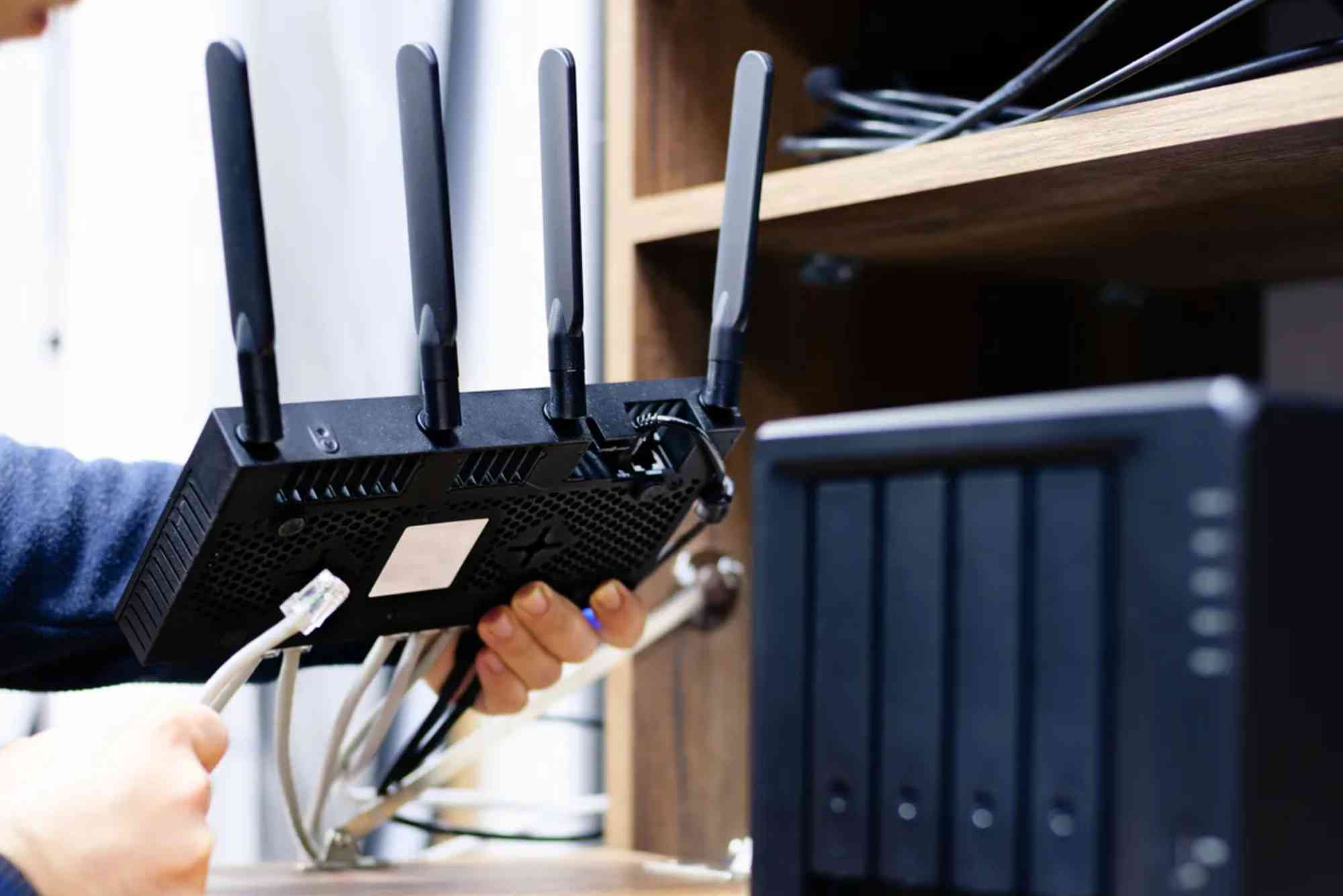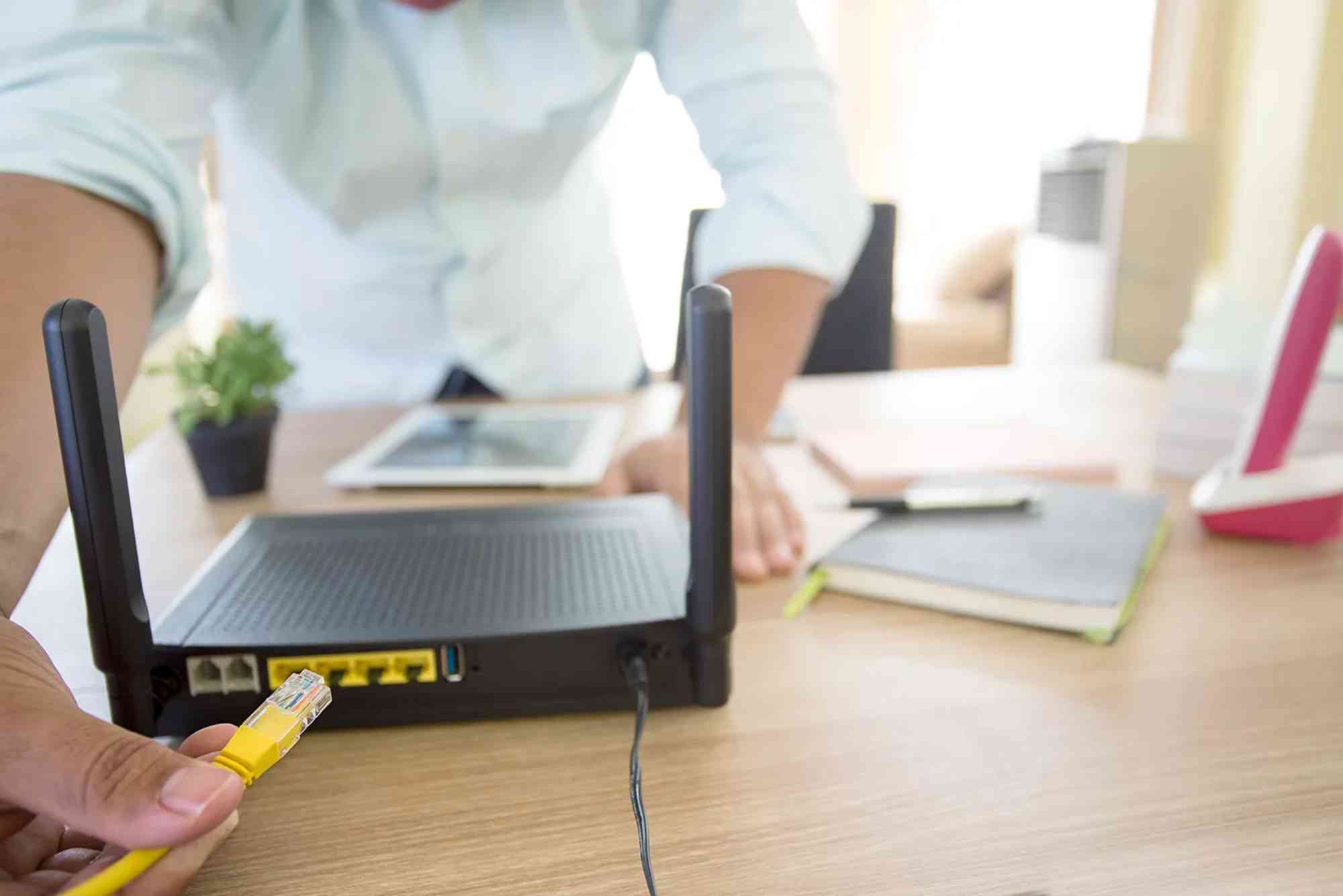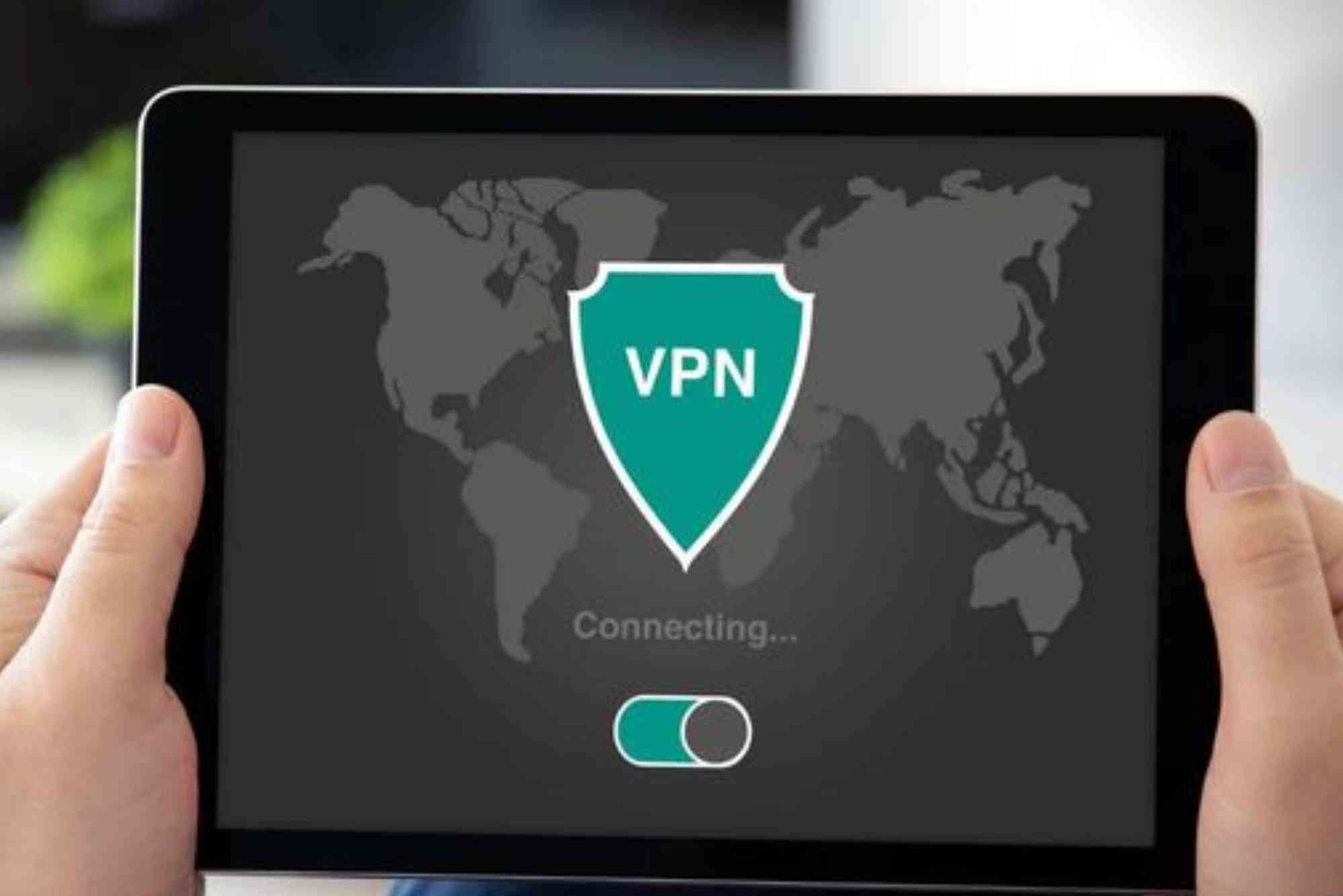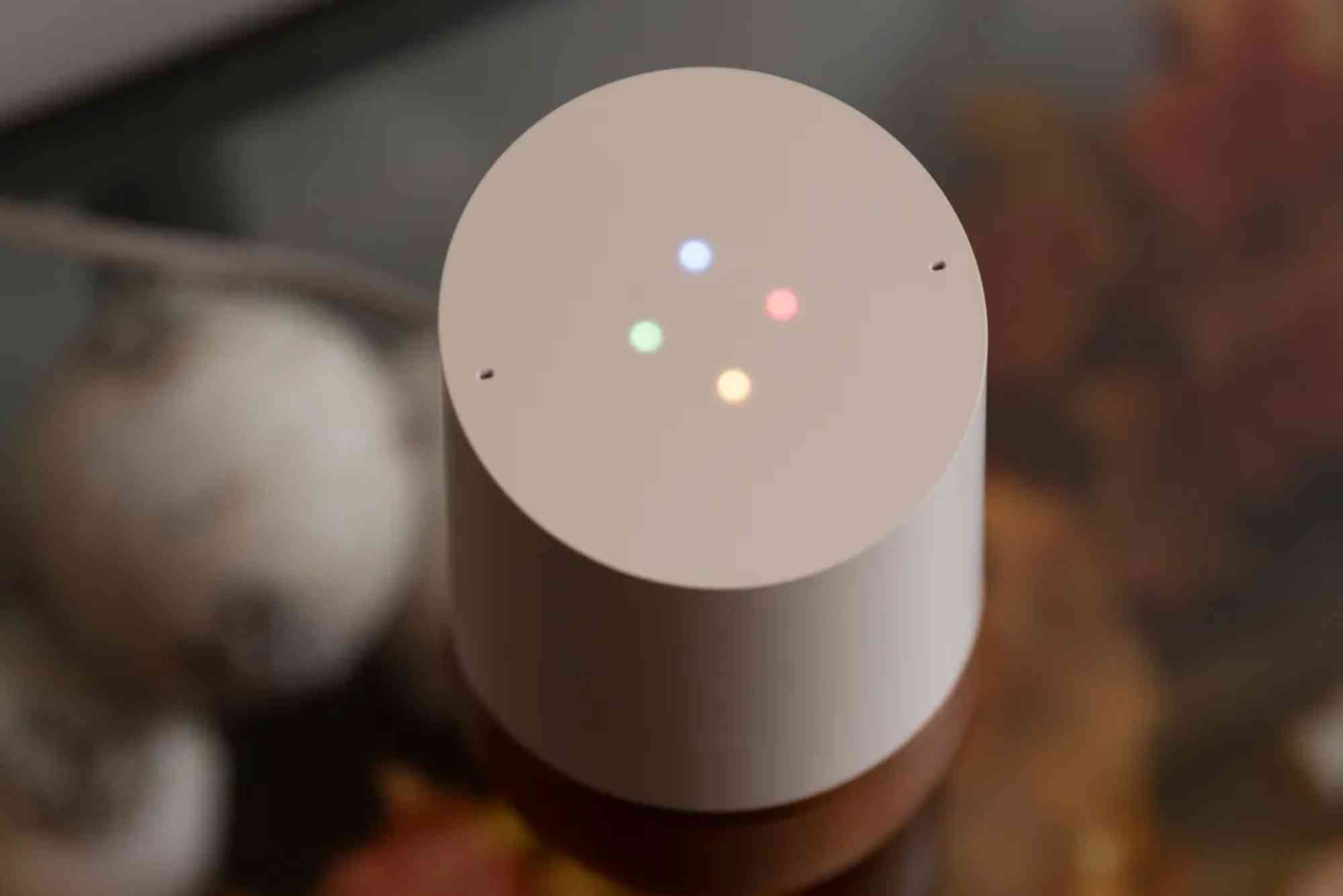Cable Internet Installation Costs Explained
Choosing cable internet is a smart option for many households. It’s widely available, offers decent speeds, and is often more affordable than fiber. However, before you enjoy fast browsing and streaming, there’s one important factor to understand: the cable internet installation cost.
Many providers advertise low monthly rates, but the upfront fees can surprise new customers. This guide explains everything you need to know about installation costs, what’s included, and how to save money.
What Is Cable Internet Installation?
Cable internet uses coaxial cables, the same technology as cable TV, to deliver internet service. Installation ensures your home is properly connected to the provider’s network.
Installation may include:
- Running a new cable line to your home
- Setting up a modem and router
- Configuring your network for stable connections
While it seems simple, providers often charge fees for labor, equipment, and activation. That’s why understanding cable internet installation cost upfront helps avoid surprises.
Typical Cable Internet Installation Costs
The installation price depends on the provider, your location, and the type of setup. Let’s break down the main charges.
Standard Installation Fees
Most providers charge a one-time fee between $50 and $150. This covers technician labor, basic equipment setup, and account activation.
Self-Installation Kits
Some companies allow you to install the service yourself. These kits usually cost $0–$20. They include cables, a modem (if rented), and setup instructions.
Modem and Router Costs
- Modem rental: $10–$15 per month
- Router rental: $5–$10 per month
- Buying equipment outright: $80–$200 (one-time cost)
Buying your own modem-router combo can save money in the long run.
Activation Fees
Certain providers separate activation from installation. These fees range from $10–$60.
Hidden or Extra Charges
Watch out for:
- Moving fees (if you relocate)
- Service call charges for additional wiring
- Outlet installation fees
Factors That Affect Cable Internet Installation Cost
Every home setup is unique. Several factors influence your final bill.
Location
Urban areas usually have lower costs due to existing infrastructure. Rural areas may require extra work, raising prices.
Existing Cable Lines
If your home already has coaxial wiring, installation is cheaper. Without it, technicians must run new lines, adding to the cost.
Provider Policies
Some ISPs waive fees for new customers as part of promotional deals. Others include free installation when signing long-term contracts.
Equipment Choice
Using your own modem reduces monthly costs but may increase upfront spending. Provider rentals are easier but add ongoing expenses.
How to Save on Cable Internet Installation
No one likes paying more than necessary. Here are smart ways to reduce your cable internet installation cost.
Ask for Promotions
Many providers run seasonal deals with free or discounted installation. Always ask customer service about current offers.
Choose Self-Installation
If your home already has cable lines, self-installation is quick, simple, and much cheaper.
Buy Your Own Modem
A one-time investment in a modem-router combo can save hundreds of dollars over time.
Bundle Services
Some providers offer free installation when you bundle internet with TV or phone services.
Negotiate Your Bill
Don’t be afraid to negotiate. Mention competitor deals, and providers may lower or waive fees to keep you.
Comparing Cable Internet Installation to Other Options
Understanding how cable compares to fiber and DSL helps put costs into perspective.
Cable vs. Fiber Installation
- Cable: $50–$150, faster setup if wiring exists.
- Fiber: $100–$300, often requires new infrastructure.
Cable vs. DSL Installation
- Cable: Slightly higher fees but faster speeds.
- DSL: $0–$99, usually cheaper since it uses phone lines.
Cable strikes a balance between speed and affordability, making it a popular choice.
Hidden Costs Customers Overlook
Even when providers advertise “free installation,” some expenses slip through. Common overlooked costs include:
- Wi-Fi extender fees for larger homes
- Deposit requirements for equipment rentals
- Service calls for troubleshooting issues
Always read the fine print in your contract.
Is Cable Internet Installation Worth the Cost?
For most households, yes. Installation ensures reliable service and professional setup. Even if it costs more upfront, the convenience and long-term stability are worth it.
Still, if you’re budget-conscious, explore self-installation or check if providers like Dhanote Internet Services offer better deals.
FAQs
How much does it cost to install cable internet?
Most providers charge between $50 and $150 for standard installation.
Can I install cable internet myself?
Yes, many ISPs offer self-installation kits for free or at a small fee.
Do I have to rent a modem from my provider?
No, you can buy your own modem to avoid monthly rental charges.
Why is installation more expensive in rural areas?
Rural areas may lack existing infrastructure, so providers must run new lines.
Are there hidden fees in cable internet installation?
Yes, look for activation charges, outlet fees, or service call costs in your contract.
Understanding cable internet installation cost is key to making an informed decision. From technician fees to modem rentals, knowing the breakdown helps you budget wisely.
To get the best value:
- Compare providers
- Ask about promotions
- Consider self-installation
- Invest in your own equipment
Whether you choose a national ISP or a trusted local provider like Dhanote Internet Services, planning ahead ensures a smooth and affordable setup.

